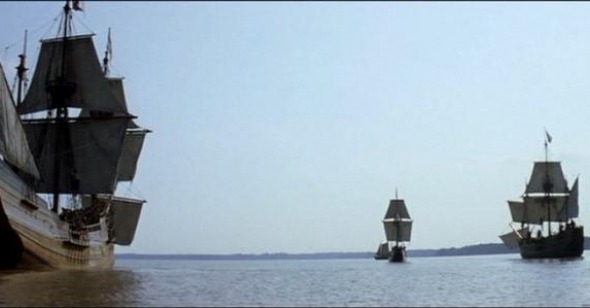Back when Reverse Shot polled its staff writers for our annual best-of article on indieWIRE in late December, many of 2005’s most anticipated films had yet to be released. As is the case with every year, the studios believe that Oscar voters have such short-sightedness that they only can recall movies that emerged in the year’s waning months; that they would never get votes if they had been released pre-December. Thus, films that initially seemed award-baity, like Match Point, Munich, and The New World were held until the last possible moment. Regardless of the Academy success of those titles (Munich only really capitalized, though arguably it would have received more nominations had it come out earlier than Christmastime and had time to get past kneejerk responses), most of our writers hadn’t had a chance to see them. In response, we re-polled our critics in February, and lo and behold, Terrence Malick’s The New World shot like a bullet into the top spot, everything else remaining in order, just moving down one slot. Our previous number one, Arnaud Desplechin’s Kings and Queen, now sits heartily at number two. Reverse Shot simply couldn’t resist Malick’s staggering artistic accomplishment, apparent to anyone who chooses to actually see with their eyes.
[Reviews by James Crawford, Eric Hynes, Michael Koresky, Kristi Mitsuda, Adam Nayman, Nick Pinkerton, Nicolas Rapold, Jeff Reichert, and Vicente Rodriguez-Ortega.]
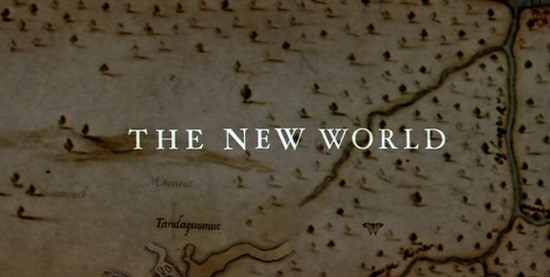
1. The New World
What to say in the face of Terrence Malick’s The New World? What to say indeed in the face of a film that has left me at turns wobbly-kneed and energetic, teary-eyed and grinning, melancholy, and ecstatic? What to say about a film, that, more than any other in recent memory, seems intent on reinstating the visual in cinema to its proper place of primacy over sound and narrative, such that the only immediately comparable work may perhaps come from literally another world: F.W. Murnau’s 1927 Sunrise? What to say of a work that, for all its rapture with the sheer possibilities of the image, wholly retools the typical workings of cinema’s less-heralded half, such that the act of listening is elevated to a level of immersive engagement that has perhaps been lacking in theaters, again, since Sunrise? No, I don’t really want to talk about The New World, and I have found great difficulty in doing so, at least beyond brief platitudes. (“Indescribably great” has been my most ready shorthand this week, though the other night I mumbled to my wife: “It’s, like, really important.”) What good is talking about The New World when I want to wrap myself up in its emotional landscapes and lithesome melodies and surrender fully to its inexorable drift not unlike one of those lost souls in Shunji Iwai’s All About Lily Chou-Chou? If that’s an odd declaration from an ostensible critic, then so be it. Upon exiting my second viewing on a cloudy matinee Sunday, I found that Malick’s vision had rendered our world drab and cheap—as if, assuming we assign The New World a certain legitimacy as history, Captain Christopher Newport’s (Christopher Plummer) warnings to his fellow settlers in the film had fallen on deaf ears, allowing America to grow up stunted, deformed, tainted, and gross. In short, into the world we inhabit today. —JR (Continue reading.)
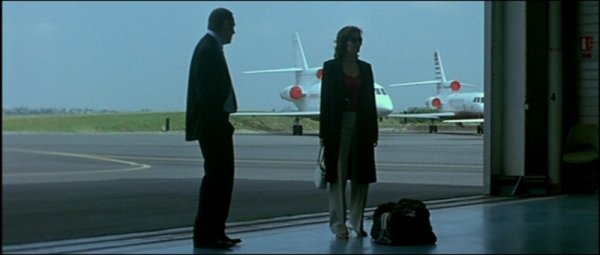
2. Kings and Queen
Kings and Queen was one long, effervescent gush of cinema in a year when the medium dearly needed a shot of spirit; maybe that’s enough to account for the general outpouring of critical goodwill that greeted its arrival onscreen (the movie boasts a not-unimpressive 84/100 on metacritic, as of this writing). In an era grown accustomed to starchy, parsimonious Euro-art-house imports (ahem—Caché), here was a movie that gave so much: so much trowled-on story and backstory, flashbacks bookended in dreams, parenthetical pans, 40-frame allusions, flurried edits, an excrescence of detailed little parts, with postmortem and mortal, past and present all tumbling over and atop one another. And Desplechin’s films, like his characters, just have a way of seeming happy—while not at all pleased with themselves—that attracts the effortless affection in those of us who admire his still-very young oeuvre. —NP
(Continue reading.)

3. Caché
Two of 2005’s best films were reveries on the nature of cinema. The most obvious one, A History of Violence, has been justly lauded for the way it deconstructs its own brutality, in the very same breath that it exhales astonishingly violent pyrotechnics. David Cronenberg’s icy, measured pacing and too too-perfect family idyll, which suffuses the film with an undercurrent of seeping dread, is interrupted by sequences of stupefying savagery, which cause a recoil from Mortensen’s feral reflexes, undoing years of films from master stylists—John Woo, Johnnie To, Roberto Rodriguez, etc.—who exalt violence as another expressive form to be choreographed. A History of Violence is brilliant because it returns violence to its primal seat, forcing us to simultaneously contemplate its ugliness (as visceral fact) and allure (as a tradition of visual representation). In the year’s other great meta-film, Caché, Michael Haneke’s reflexive interrogation is certainly less flashy than Cronenberg’s, but it’s no less elemental or profound. Haneke probes the depths of his medium, implicating the very material of film into a disquieting drama of guilt, repression, and the great social divide. —JC
(Continue reading.)
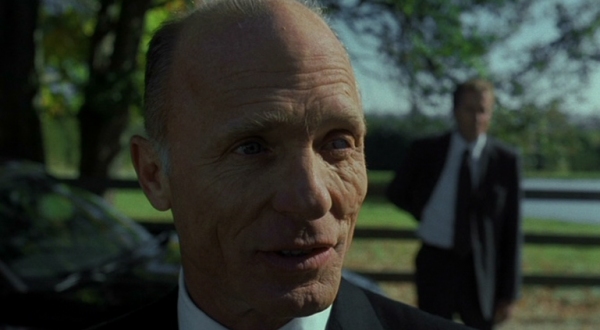
4. A History of Violence
Uniquely positioned as both the best reviewed and least understood film of the year, A History of Violence is positively Verhoevian in its capacity to affirm entertainment expectations whilst savaging the immorality of both expectation and entertainment. But while Paul Verhoeven—ever the emigre jester in the court of American culture—is satisfied with simply goosing his audience with its own dark desires, David Cronenberg takes a subtler approach, retaining the vocabulary of a certain genre mythology while scrambling the syntax. No goosing, no big show, just an inverted version of the same thing we’ve come to expect, like a t-shirt with words backward and the seams showing. Of course, as any film editor would happily tell you, moving things around can change a meaning entirely. That some viewers couldn’t see much difference between A History of Violence and Death Wish 3 speaks not necessarily of media illiteracy but of the mythology’s sturdiness—and as Cronenberg deftly demonstrates, of its inherent corruptibility. —EH
(Continue reading.)

5. 2046
Given that Wong Kar-wai so thoroughly inhabits cinema with a uniquely expressive visual vocabulary (thanks, in part, to cinematographer Christopher Doyle), I’m surprised to now realize 2046 is the only one of his films I’ve managed to see on the big screen. That this theatrical viewing coincided with the apotheosis of a brilliant career I consider a stroke of happy serendipity which perhaps partially explains why the filmmaker’s latest looms so large for me amongst my cluttered remembrance of movies—already fading—of 2005. Like Before Sunset last year, this continuation of characters from In the Mood for Love rejuvenates and deepens the possibilities of the oft-scorned term “sequel,” which typically indicates nothing more than a passionless cashing-in on an established brand, worlds away from the glorious expansions proved possible by Linklater and now, Wong. A film about memory structured as such, with an unordered and impressionistic mimicry of the fragmentary and heightened quality of recall built into its organization, 2046 causes confusion upon an initial viewing, and no wonder. Seemingly shrouded in layers of unknowable mystery, it becomes, after a second look, stunningly lucid though still as exhilaratingly hazy as human recollection; Wong’s poetical style has never found so perfect a match in subject matter. —KM
(Continue reading.)
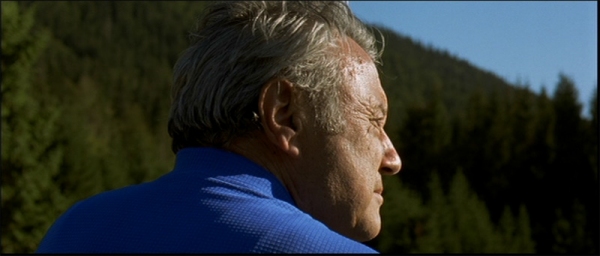
6. The Intruder
L'Intrus represents the apotheosis of Claire Denis’s odd brand of naturalism. Beau travail and Trouble Every Day were attempts to convey interior struggle through external observation, but L'Intrus is almost hysterically ambitious; the lead character remains totally unknowable except via external observation. Michel Subor’s performance doesn’t give us much—his features are impacted, and what little dialogue he has is spoken tersely. But when we see him making love with his pharmacist girlfriend, the black spots on his back line up with the freckles on her face in a way that seems revelatory—in a brief, wordless scene of lovemaking, Denis suggests that they’re a mottled match. —AN
(Continue reading.)
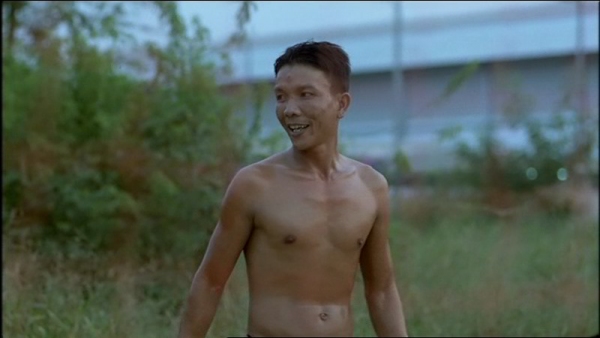
7. Tropical Malady
Reviewers intent on dismissing innovation will sometimes huff about this or that formal adventure showing “disdain” for the audience or “disrespect” for the efforts of the actors. This reactionary habit turns an artistic experience into a social encounter where good manners are everything (especially the sort that tend to reinforce critical self-regard). I must admit that I did take Tropical Malady personally, but in quite a different way. I can’t remember my surprise at the narrative key change midway through, partly because I can’t imagine the movie existing any other way. What I do remember, vividly, is how the change soon felt so natural, and for one simple, well-mannered reason: the deep, abiding trust Apichatpong Weerasethakul elicits through the first half made me feel utterly comfortable with whatever direction he might take. —NR
(Continue reading.)

8. The Squid and the Whale
I pity filmmakers—and likewise novelists, songwriters, and painters—who directly channel their personal histories into art. First you have to delve into the swampy regions of the past and dredge up emotionally painful experiences. Then, once the project is at last complete, you must deliver it to audiences and film critics who will undoubtedly focus on the connections between your fiction and your reality rather than the thematic points you intended to make. Especially if the characters are thinly veiled representations of family members and loved ones. And especially if any of those people have spent considerable time in the public eye. Fortunately, Noah Baumbach’s The Squid and the Whale found the critical—if not box-office—attention it rightly deserved in 2005, even with its singular, upscale milieu and superficially juicy divorce details of the director’s well-known parents providing potential diversions. Squid’s more important qualities are rare these days—while the past year’s other best films were in large part ambitious political allegories (Caché, Land of Plenty, The World) or elliptical, oneiric challenges to conventional narrative cinema (Innocence, The Intruder, Café Lumiere), The Squid and the Whale stood out as one of the few successful character-driven dramas, in other words, one driven by actual, multidimensional characters. —MJR
(Continue reading.)
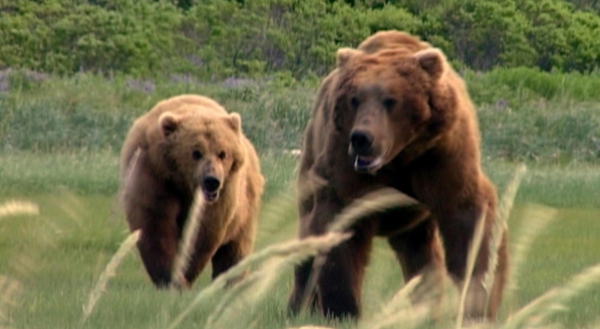
9. Grizzly Man
Grizzly Man is a battle between two antagonistic voices—Herzog and Treadwell—with one common denominator: an uncontrollable craving for existential excess. The story of the wannabe actor turned into a wild grizzly bear lover that took a dramatic turn when he was eaten along with his girlfriend Amy Huguenard by the very animals he declared to love is simply Herzog’s conduit to tap on the most common leitmotif in his film career: the exploration of the irrational nature of the human condition and its crooked meanders. For, in Treadwell, Herzog undoubtedly bumped into an all-American version of his most remarkable diegetic alter ego—Klaus Kinski. Physical similarities between the two actors apart, Herzog’s epics featuring Kinski, Aguirre: The Wrath of God and Fitzcarraldo, are above everything else a full-frontal encounter between a vast and carnivorous landscape and self-confident historical or fictional egomaniacs in which the miniscule power of human beings to overcome the utter indifference of nature renders death as indeclinable. In Grizzly Man, Treadwell’s exacerbated in-camera performativity accomplishes the same function. As his poster-boy edited image gets re-composed little by little with Herzog’s multiple takes on Treadwell’s speeches, Treadwell increasingly appears before our eyes not as an animal lover but as a self-alienated human being whose loath for any form of organized societal interaction plunged him into the belief of a heartfelt kinship with the animals he painstakingly recorded summer after summer in the confines of Alaska. —VRO
(Continue reading.)
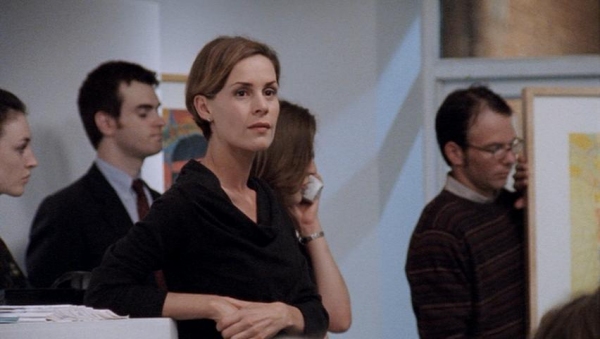
10. Junebug
Director Phil Morrison and screenwriter Angus MacLachlan, in their feature film debut, found an ingenious way around the problem of putting onscreen an honest depiction of family—by going around it. Their wondrously humane and strangely spiritual odd-duck of a movie, Junebug, incisively gets at all that unspoken complexity existing in the spaces between family members by treating them as just that: spaces, gaps, blind spots. Family in Junebug is as aesthetically controlled as it is suffocatingly full; as warm as it is frigid. Jousting is ubiquitous: Brothers engage in unarticulated hostilities as outwardly as sisters-in-law fumblingly attempt emotional contact, and husbands and wives cut each other down with razor-sharp truth as much as they dull each others’ senses with politeness. In other words, the world in a house. How to enter upon such a simultaneously antagonistic and reassuring trunk full of decades-old angst and secret communications without seeming like a mere intruder? Embeth Davidtz’s Madeleine walks the line magnificently at first, though her brazenly self-assured mien gets quite a workout during her brief excursion to North Carolina. Attempting to balance a meet-and-greet with her new in-laws and a flirt-and-court with “outsider artist” David Wark whom she would like to unveil at her Chicago art gallery, proves far more delicate than she initially perceives. Yet more than anything, more than its oft-cited red-state/blue-state dichotomies, more than its fish-out-of-water conventions, Junebug is about the bonds of family, for better or for worse, and their propensity to morph and alter with each passing season, the need to make room for change, to allow for error, to accept transition with open arms. —MK
(Continue reading.)
